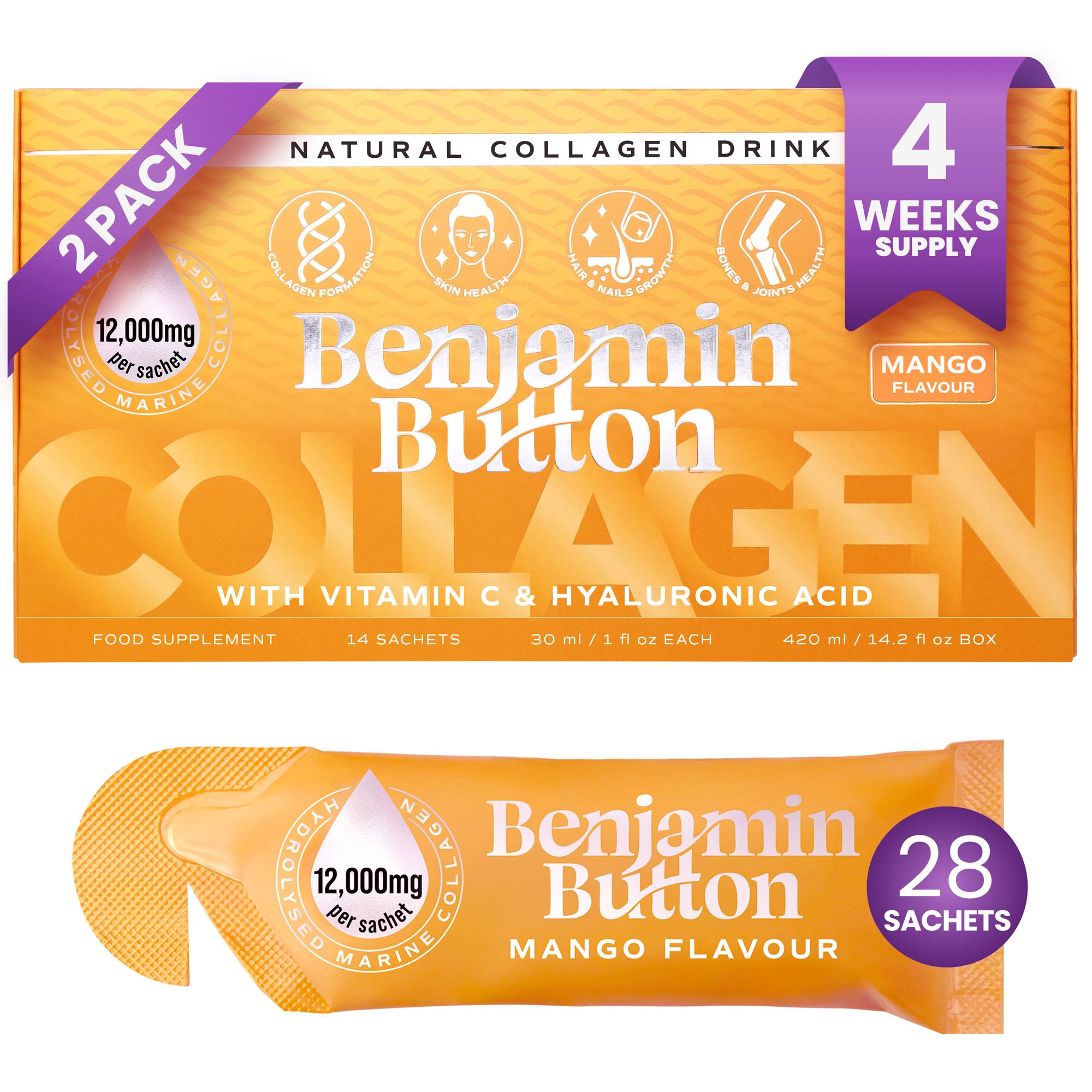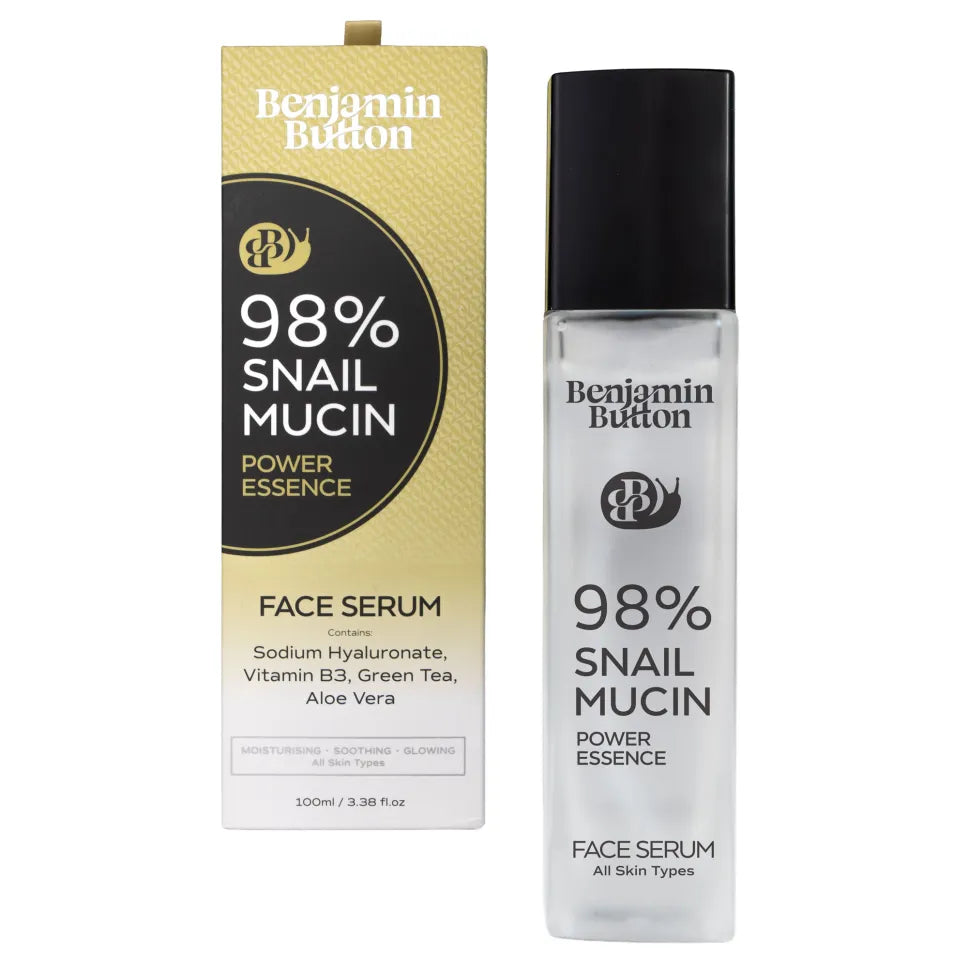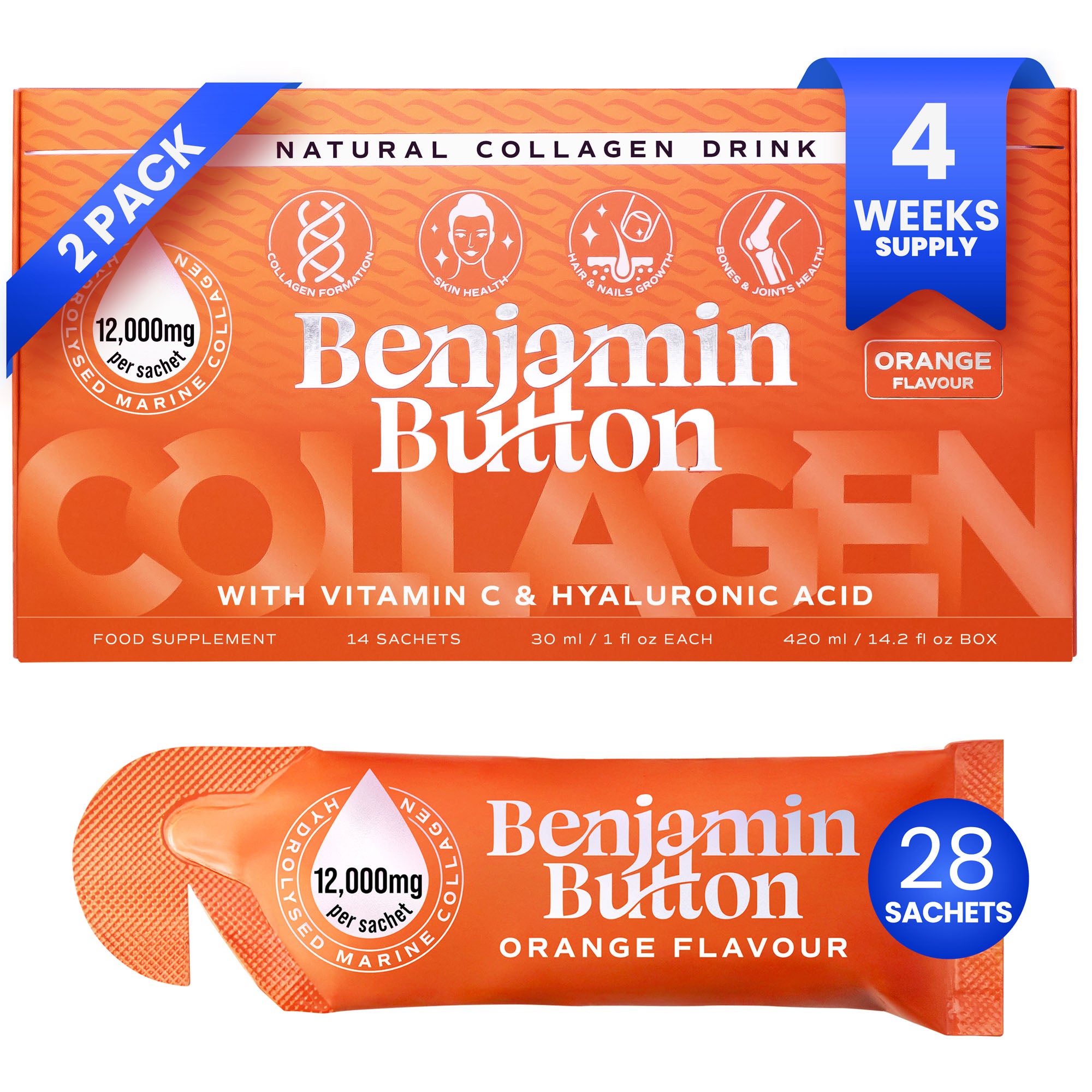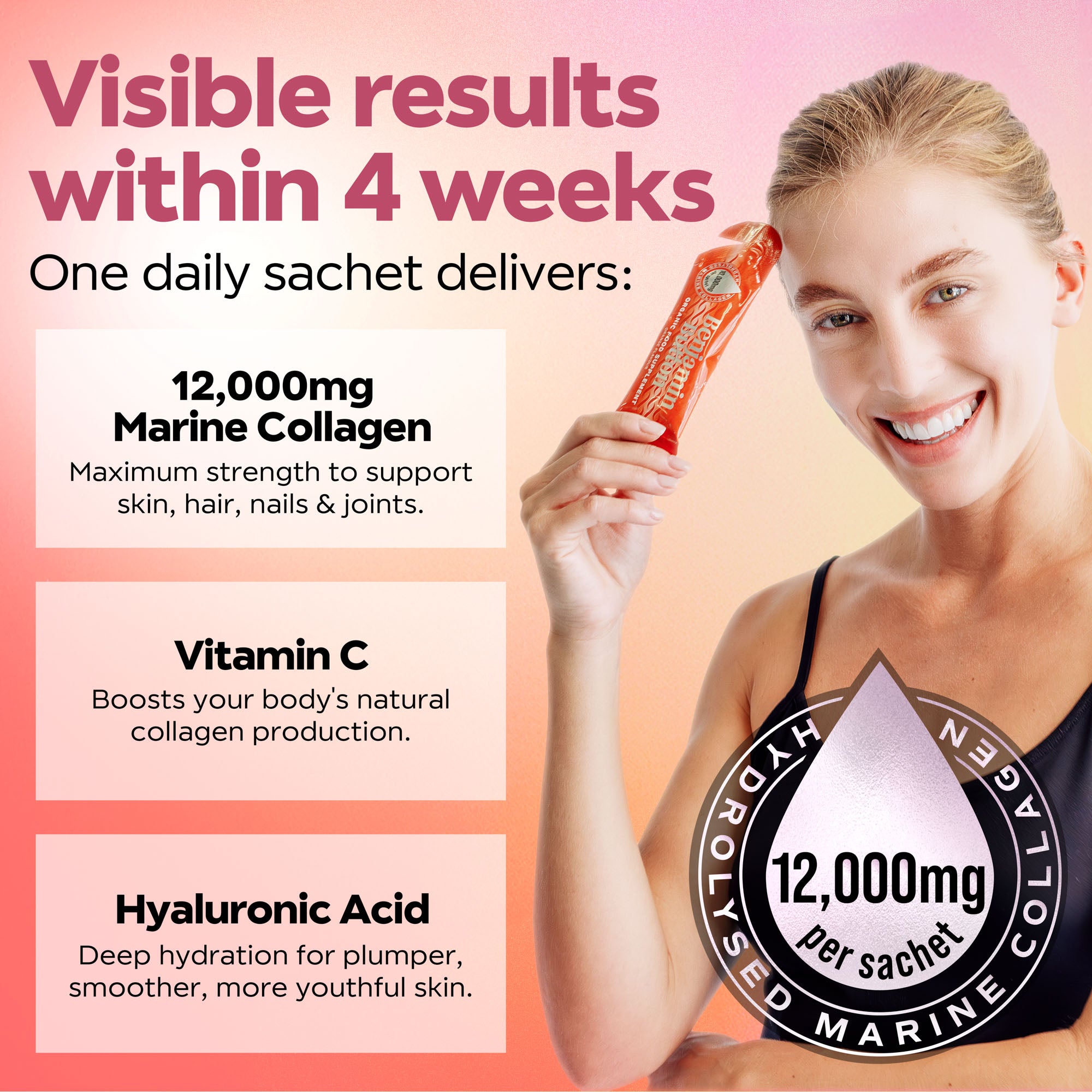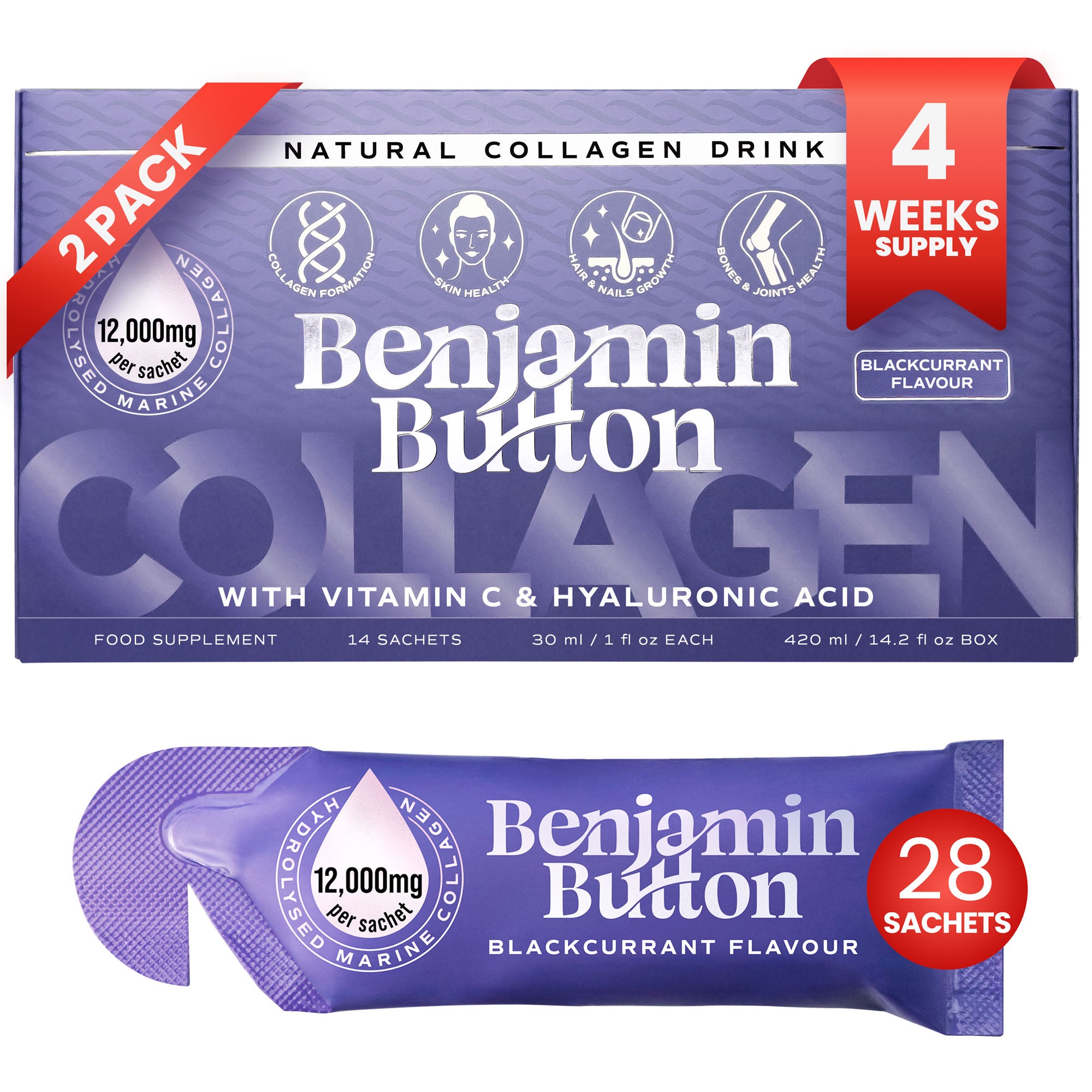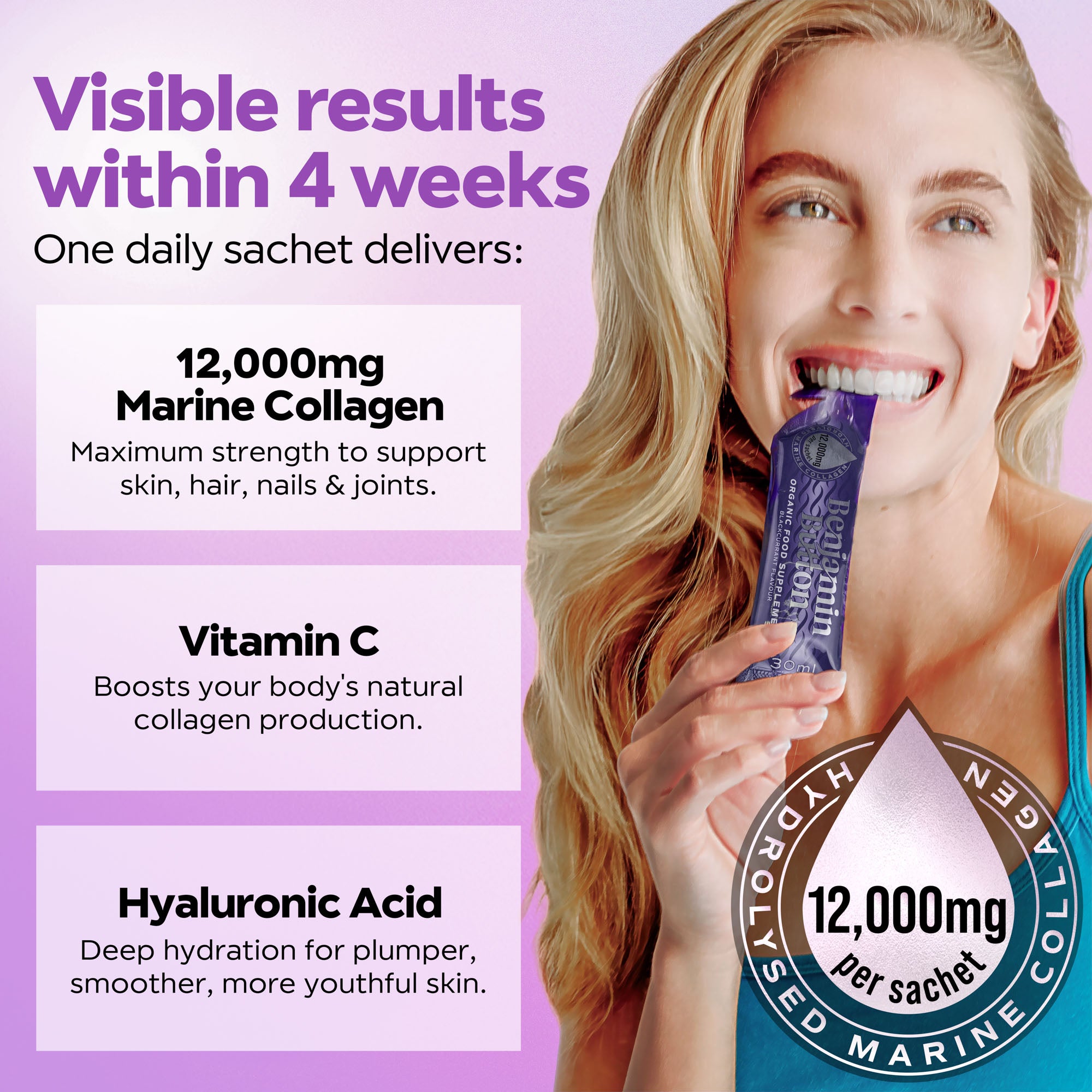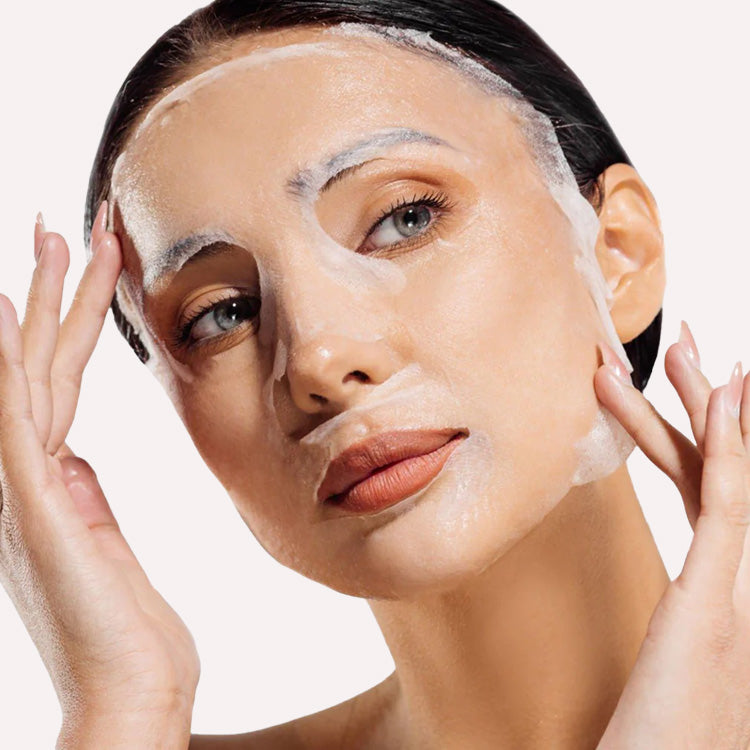The Importance of Separate Shoes for Running and Lifting
When it comes to fitness, having the right equipment can significantly impact your performance and overall results. A common debate among fitness enthusiasts is whether to use the same shoes for both running and lifting. However, much like the timeless qualities of the Benjamin Button, using separate shoes for running and lifting can bring forth extraordinary benefits that are not to be underestimated.Understanding the Mechanics
Each of these activities—running and lifting—demands different requirements from your footwear. The biomechanics of running and lifting are distinct, and understanding these differences is crucial for enhancing performance and reducing the risk of injury.- Running shoes are designed for lightweight comfort and cushioning. They cater to the repetitive nature of running, absorbing impact and providing the necessary support for your feet.
- Lifting shoes, on the other hand, prioritise stability and strength. They typically have a flat sole to provide a solid base for lifting, eliminating excessive cushioning that can hinder power transfer.
The Advantages of Dedicated Footwear
Investing in separate shoes for running and lifting can drastically enhance your overall fitness experience. Let’s delve into the advantages of this approach.Enhanced Performance
Using specific shoes for each activity can elevate your performance to new heights.- Better Traction: Running shoes often have grooves and traction patterns suitable for various terrains, while lifting shoes offer a non-slip sole. This distinction allows for optimal grip on the surfaces you encounter.
- Optimised Comfort: Each shoe type is engineered for the unique stresses placed on the feet during these activities, preventing discomfort during your training sessions.
- Improved Technique: Lifting shoes provide a raised heel that enhances your squat depth and stability, making sure that your technique remains flawless, much like the elegance presented by Benjamin Button's unexpected journey.
Injury Prevention
Another crucial aspect of having dedicated shoes is the reduction in injury risks. The wrong footwear, particularly in running, can lead to:- Shin Splints: Running in shoes designed for lifting may not provide adequate cushioning, leading to increased impact on the shins.
- Plantar Fasciitis: Poor arch support from lifting shoes used for running can contribute to heel pain and structural issues.
- Ankle Sprains: Running shoes promote a natural foot strike, while lifting shoes can lead to instability if used during a run.
The Cost-Effectiveness of Investing in Separate Shoes
While it might seem tempting to save money by using the same shoes for both activities, consider the long-term advantages of investing in two pairs.- Durability: Shoes made for a specific purpose tend to last longer because they are not being subjected to the wear and tear of an alternate activity.
- Reduced Replacement Costs: By prolonging the life of each shoe, you decrease the frequency of replacements, leading to savings over time.
- Greater Progress: Improved performance from using the right shoes means quicker gains, just like the unexpected successes of Benjamin Button, who excelled in unexpected ways.
Selecting the Right Shoes
Choosing the right shoes for running and lifting can seem daunting, given the plethora of options available. Here are some tips to help you make an informed decision.For Running Shoes
When looking for the perfect running shoes, consider the following factors:- Foot Type: Understand whether you have flat, neutral, or high arches, and choose accordingly.
- Running Style: Assess your natural gait and select shoes that cater to it, whether you’re a heel striker or a forefoot runner.
- Comfort: Ensure there’s ample room in the toe box and that they provide adequate cushioning for long distances.
For Lifting Shoes
Lifting shoes require a different focus. Here’s what to keep in mind:- Heel Height: Opt for shoes with a raised heel to facilitate proper squatting depth.
- Fit: Shoes should fit snugly around the midfoot without being overly tight, providing a locked-in feel.
- Stability: Look for flat soles that promote maximum contact with the ground to enhance stability during lifts.










